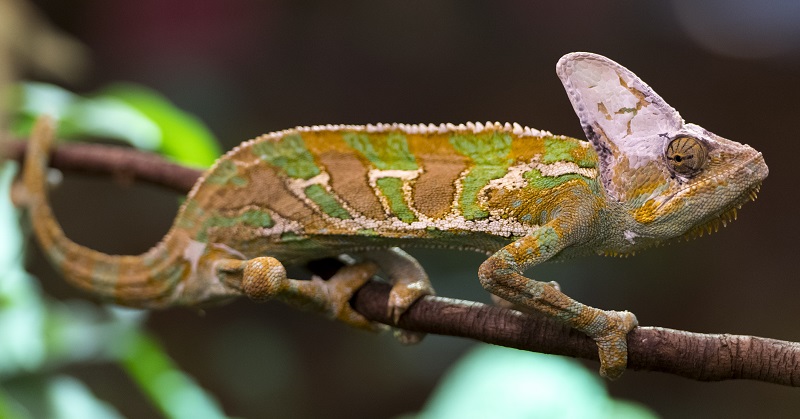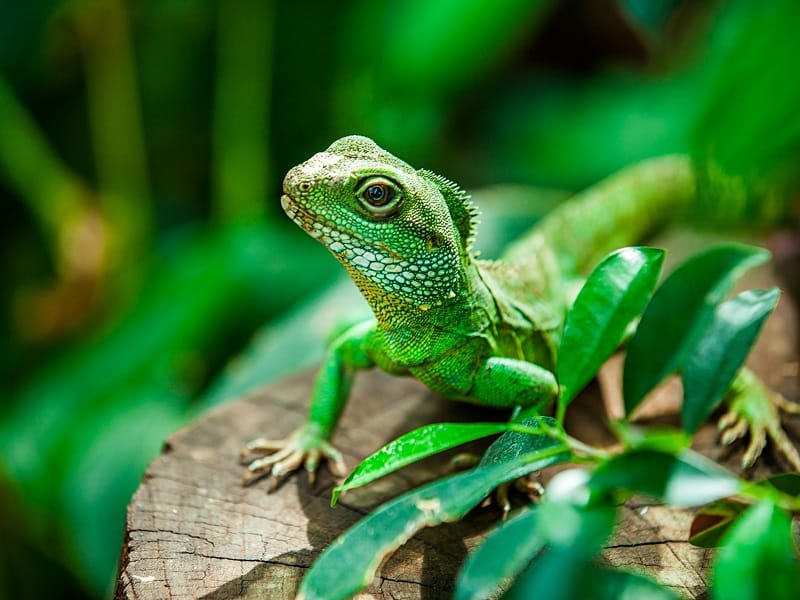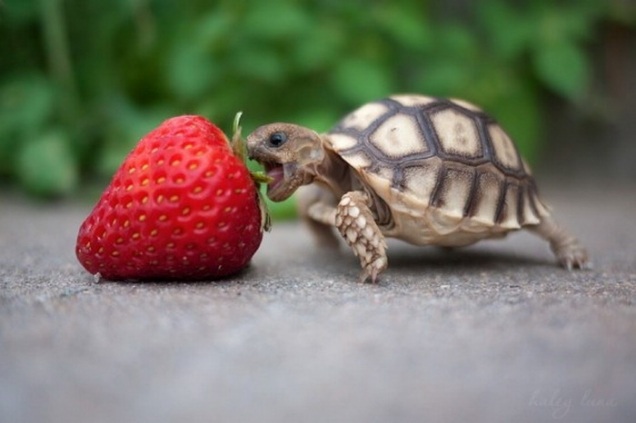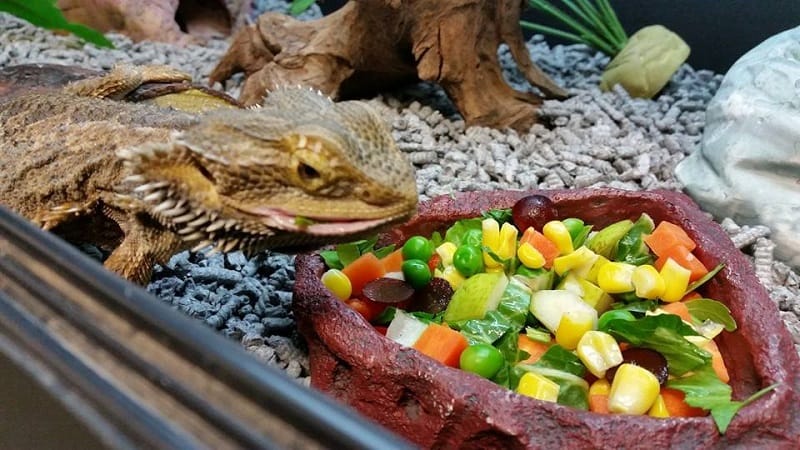
Reptiles, from lizards to snakes, are surprisingly cute and entertaining to care for. It’s just as important to keep an eye on your scaly pal’s diet as it is to keep an eye on your own.
You will find thousands of reptiles on the face of the earth. There is no such thing as one reptile diet that suits all. That means you should know everything you can find about your pet. Spend some time researching your reptile’s natural diet, and find the right combination of fresh food, pellets, and supplements for keeping it healthy for a long period.
ADVERTISEMENT
To captive amphibians and reptiles, a number of foods are available. Feeding bugs dusted with nutrients such as vitamins and calcium to small carnivorous amphibians and lizards contributes significantly to their health. Rodents are an excellent food source for larger carnivorous reptiles including monitor lizards and snakes. We’ll look at several different live food options and discuss how they affect the health and well-being of your herps.

Steps to Creating the Ideal Reptile Diet
Step 1: Calculate how much your reptile needs to feed.
Reptiles eat 1-4 percent of their body weight in food every day. It can be more or less according to the size of your pet reptile. The lower end of the spectrum will be occupied by larger animals, while the upper end will be for smaller or juvenile animals. This estimate is a decent starting point, but you can still change the amount you feed depending on the animal’s health and eating habits.
Step 2: Give your reptile a basic diet.
Full, fortified diets are a great way to start your reptile’s nutrition, and they can be supplemented with natural foods. A diet consisting solely of hay or produce may deprive your pet of the vitamins and nutrients it requires to thrive, which is why a full, fortified diet is recommended.
Every reptile does have its feeding habits and a subtly different diet. Provide a feed that is adapted to your reptile’s individual needs and complements its normal feeding habits.
ADVERTISEMENT
Step 3: Ensure that your diet is well-balanced.
What you feed, as well as how much you feed it will be determined by the natural feeding style of the species. You can supplement the regular diet of your reptile with additional foods to add variety. However, finding the right balance is crucial to ensuring that adequate dietary requirements are met.
Step 4: Make adjustments for the environment and the animal.
The quantity of food your pet reptile consumes and how often you must feed them are both determined by the environment and the animal. The amount of feed required and how much it should be fed are affected by the temperature of the animal’s habitat, and also the animal’s activity level and life cycle.

Here are some points to think about
Warmer temperatures (both outside and inside): Feed regularly or as required.
Colder temperatures: Feed three days a week in colder weather and reduce the amount of feed provided.
Life stage: Feed juveniles daily and allow them to choose their food for optimal development.
Common Reptiles and Their Food Items
Herbivores: An herbivore’s diet can consist of fresh fruit, green vegetables, and commercial “kibble.” They also consider the occasional herb to be a delicacy. Serve a range of foods rather than relying on only one. Remember to discard uneaten food immediately and maintain all foods and liquids fresh, just as you would with your pantry. A fine example of a herbivorous reptile is the ever-popular Green Iguana.
ADVERTISEMENT
Carnivores: Mice and rodents, as well as freshly killed, warm-blooded flesh, satisfy carnivores. Since the threat of animal-borne parasites and illness is much higher with “street” vermin, just feed commercially generated meals. Keep the servings small and manageable as well; larger animals can damage your reptile as a form of self-defense. Thankfully, feeding carnivores only needs to be done once a week.
Insectivores: And several reptiles, referred to as insectivores, survive mainly on living insects such as crickets, horn worms, flies, and their larvae. Although certain captive reptiles are capable of eating non-living insects, the vast majority of reptiles are genetically modified to search out ambulatory food. The feeding urge of the reptile is triggered by the movement of the prey.
Omnivores: Bugs, vegetables, fruits, small animals, fish…they eat it all. Some reptiles have a strong tendency of leaning in one direction than others. So, if you’re hosting an omnivore, seek guidance on the best food combinations.

Nutrition for Reptiles
Many advances in reptile feeding have been developed in the last 10 to 15 years. Herpkeepers also have a greater understanding of ultraviolet light, calcium metabolism, and vitamin D synthesis, thanks to the introduction of a variety of new feeder insects into the practice, as well as new dietary supplements. We wish that the development of reptile nutrition advances further, allowing herpetoculturist’s to achieve better longevity and wellbeing in their captive reptiles.
ADVERTISEMENT
Feeders with Issues
Even if you have the right food for your pet reptile, captive animals will sometimes refuse to eat, some animals do not like mealworms or crickets in the wild, and they may also avoid eating them in captivity.
Investigate the animal you want to pet. Check out what time of day it eats regularly. A nocturnal species is unlikely to eat if fed in the morning. A diurnal lizard, on the other side, is unable to eat if fed at night. Perhaps a hidden area is essential for the animals to establish a feeling of safety. You may also get animals to feed by making their food smell like their prey.

In short, there are a variety of methods for ensuring that your reptile gets the nutrition it needs. Identifying your species and conducting research to provide it with the right diet are the most important things you can do.
ADVERTISEMENT
ADVERTISEMENT











